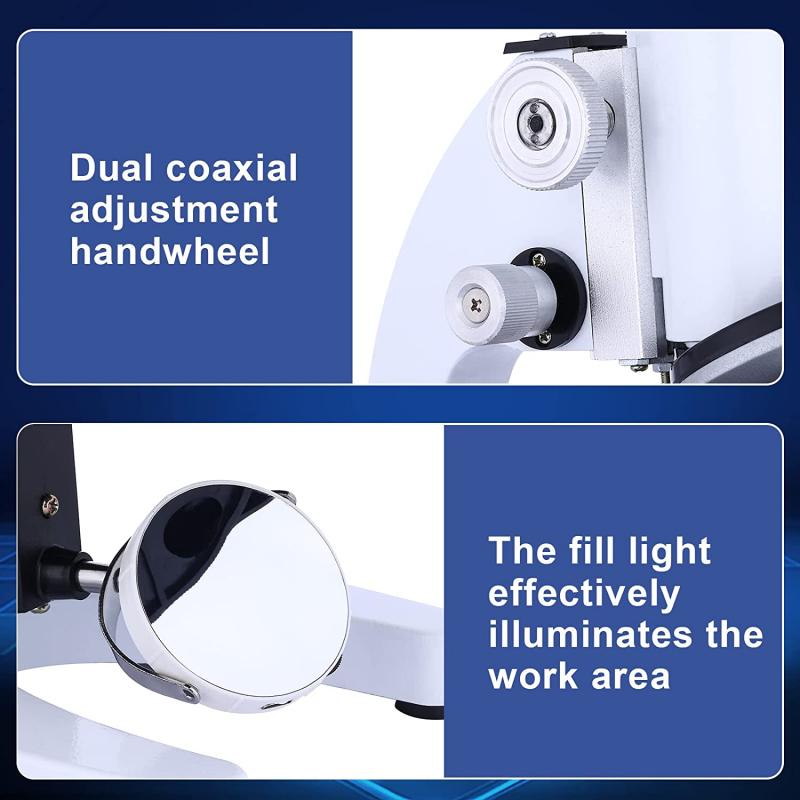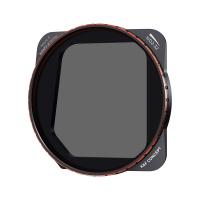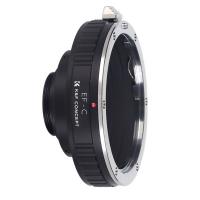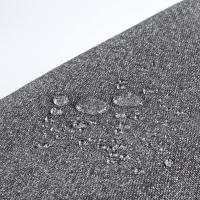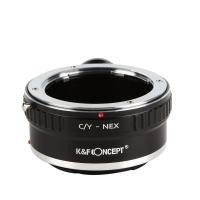How To Take Care Of A Microscope ?
To take care of a microscope, it is important to handle it with care and follow proper maintenance procedures. Always use clean, dry hands when handling the microscope to avoid transferring dirt or oils onto the lenses. When not in use, keep the microscope covered with a dust cover to protect it from dust and debris.
Regularly clean the lenses using lens paper or a soft, lint-free cloth. Avoid using tissues or paper towels as they can scratch the lenses. Use a gentle, circular motion to clean the lenses, starting from the center and moving outward.
Keep the microscope in a clean and dry environment to prevent moisture or humidity damage. Avoid exposing it to extreme temperatures or direct sunlight. Additionally, make sure to store the microscope in a secure place to prevent accidental damage or falls.
Lastly, follow the manufacturer's instructions for any specific maintenance or cleaning procedures. Regularly inspect the microscope for any signs of damage or wear and address any issues promptly to ensure its longevity and optimal performance.
1、 Cleaning and maintenance of microscope lenses
Taking care of a microscope is essential to ensure its longevity and optimal performance. Regular cleaning and maintenance of microscope lenses are particularly important to maintain clear and accurate imaging. Here are some steps to follow for cleaning and maintaining microscope lenses:
1. Use a soft brush or air blower to remove any loose dust or debris from the lenses. This prevents scratching the lens surface during the cleaning process.
2. Prepare a cleaning solution by mixing a few drops of mild detergent or lens cleaner with distilled water. Avoid using tap water as it may contain minerals that can leave residue on the lenses.
3. Moisten a lens cleaning tissue or a microfiber cloth with the cleaning solution. Gently wipe the lenses in a circular motion, starting from the center and moving towards the edges. Avoid applying excessive pressure to prevent damage.
4. For stubborn stains or fingerprints, use lens cleaning solution directly on the affected area and gently wipe with a lens cleaning tissue. Avoid using tissues or cloths that may scratch the lens surface.
5. After cleaning, use a dry lens cleaning tissue or cloth to remove any remaining moisture from the lenses. Ensure that the lenses are completely dry before using the microscope again.
6. Store the microscope in a clean and dust-free environment when not in use. Use a dust cover or keep it in a protective case to prevent dust accumulation on the lenses.
7. Regularly inspect the microscope for any signs of damage or wear. If any issues are detected, consult the manufacturer's guidelines or contact a professional for repairs.
It is important to note that the latest point of view emphasizes the use of lens cleaning solutions specifically designed for microscope lenses. These solutions are formulated to effectively remove dirt and debris without causing damage. Additionally, it is recommended to avoid using compressed air for cleaning as it can blow dust particles into the microscope, potentially causing damage.

2、 Proper storage and handling of microscope slides
Proper storage and handling of a microscope is essential to ensure its longevity and maintain its optimal performance. Here are some guidelines on how to take care of a microscope:
1. Cleanliness: Keep the microscope clean by wiping it with a soft, lint-free cloth after each use. Use lens paper or a lens cleaning solution to clean the objective lenses and eyepieces. Avoid using harsh chemicals or abrasive materials that could damage the lenses.
2. Storage: Store the microscope in a clean and dry environment, preferably in a dust-free cabinet or case. Ensure that it is protected from extreme temperatures, humidity, and direct sunlight, as these can affect the microscope's components and performance.
3. Handling: When handling the microscope, always hold it by the arm and base to avoid putting pressure on the delicate parts. Avoid touching the lenses with your fingers, as oils and dirt can affect the image quality. Use the coarse and fine focus knobs gently to avoid damaging the focusing mechanism.
4. Covering: When not in use, cover the microscope with a dust cover or a plastic bag to protect it from dust and debris. This will also prevent accidental damage or scratching of the lenses.
5. Regular maintenance: Schedule regular maintenance and calibration of the microscope by a professional technician. This will ensure that all components are in proper working order and that the microscope provides accurate and clear images.
6. Latest point of view: With advancements in technology, some microscopes now come with digital components. If your microscope has a digital camera or other electronic attachments, follow the manufacturer's instructions for proper care and maintenance of these additional components.
By following these guidelines, you can ensure that your microscope remains in excellent condition and provides accurate and clear images for years to come.

3、 Regular calibration and alignment of microscope components
Taking care of a microscope is essential to ensure its longevity and maintain its optimal performance. Regular calibration and alignment of microscope components is one of the key steps in microscope maintenance.
Calibration involves adjusting the microscope to ensure accurate measurements and observations. This process typically involves adjusting the focus, stage, and condenser to ensure proper alignment. Regular calibration helps to maintain the accuracy of measurements and ensures that the microscope is functioning at its best.
Alignment is another crucial aspect of microscope care. It involves aligning the various components of the microscope, such as the objective lenses, eyepieces, and condenser, to ensure that they are properly aligned with each other. Proper alignment is necessary for obtaining clear and sharp images.
To calibrate and align a microscope, it is important to follow the manufacturer's instructions. This may involve using specific tools or adjusting specific screws or knobs. It is recommended to consult the microscope's user manual or seek guidance from a professional if unsure about the calibration and alignment process.
In addition to regular calibration and alignment, there are other steps that can be taken to care for a microscope. These include keeping the microscope clean by wiping it with a soft, lint-free cloth and using lens cleaning solution for the objective lenses. It is also important to store the microscope in a clean and dry environment, away from dust and moisture.
In recent years, advancements in technology have led to the development of digital microscopes, which require additional care. These microscopes often have built-in cameras and software, which need to be regularly updated and maintained. It is important to follow the manufacturer's instructions for software updates and ensure that the camera and software are functioning properly.
In conclusion, regular calibration and alignment of microscope components are crucial for maintaining the accuracy and performance of a microscope. Following the manufacturer's instructions, keeping the microscope clean, and storing it properly are also important steps in microscope care. With proper care and maintenance, a microscope can provide years of reliable service and accurate observations.
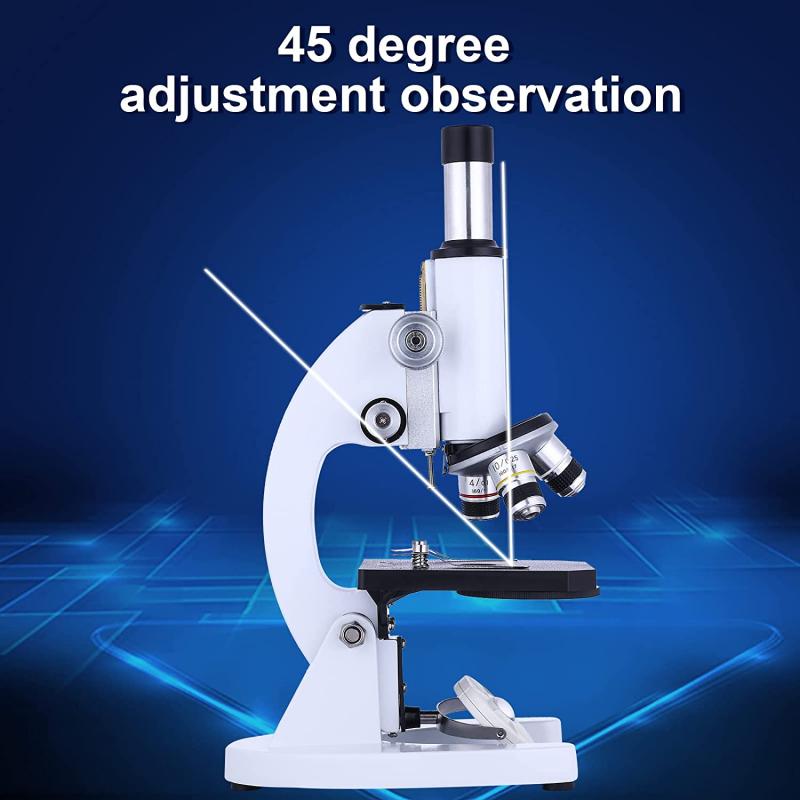
4、 Preventing dust and debris buildup on microscope surfaces
How to take care of a microscope:
1. Keep it covered: When not in use, always keep your microscope covered with a dust cover or a plastic bag. This will prevent dust and debris from settling on the lenses and other surfaces.
2. Clean it regularly: Use a soft, lint-free cloth to wipe down the microscope after each use. Avoid using harsh chemicals or abrasive materials that could scratch the lenses or damage the microscope's finish.
3. Store it properly: When storing your microscope, make sure it is in a dry, cool place away from direct sunlight. Avoid storing it in a humid environment, as this can cause mold and mildew to grow on the lenses and other surfaces.
4. Use lens paper: When cleaning the lenses, use lens paper or a microfiber cloth specifically designed for cleaning optics. Avoid using regular paper towels or tissues, as these can scratch the lenses.
5. Keep it calibrated: Regularly check the microscope's calibration to ensure that it is functioning properly. If you notice any issues, have it serviced by a professional.
Preventing dust and debris buildup on microscope surfaces:
In addition to the above tips, there are a few additional steps you can take to prevent dust and debris buildup on your microscope surfaces:
1. Use a blower brush: A blower brush can be used to gently blow away any dust or debris that may have settled on the microscope's surfaces.
2. Use a vacuum: A vacuum with a soft brush attachment can also be used to remove dust and debris from the microscope's surfaces.
3. Keep the area clean: Regularly clean the area around the microscope to prevent dust and debris from settling on the surfaces. This includes wiping down nearby surfaces and vacuuming the floor.
4. Use a HEPA filter: If you are working in a particularly dusty environment, consider using a HEPA filter to help remove airborne particles.
Overall, taking care of your microscope and preventing dust and debris buildup on its surfaces is essential for maintaining its performance and longevity. By following these tips, you can ensure that your microscope remains in top condition for years to come.
